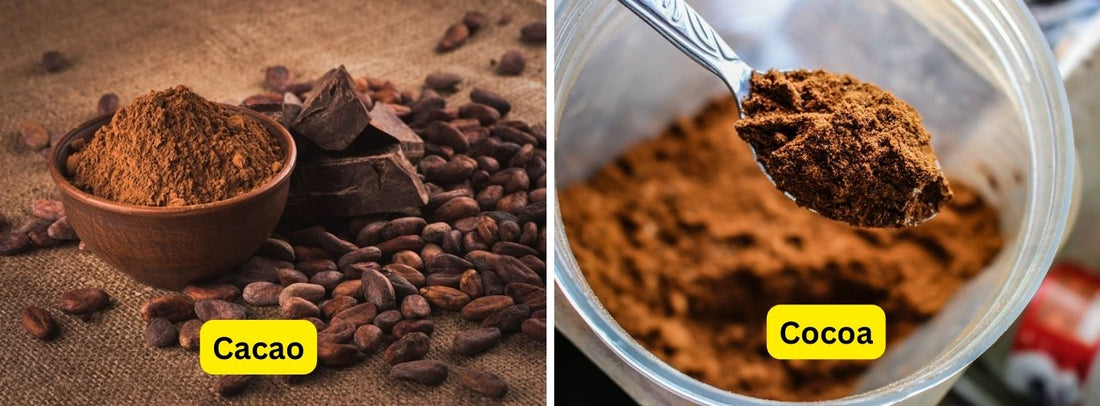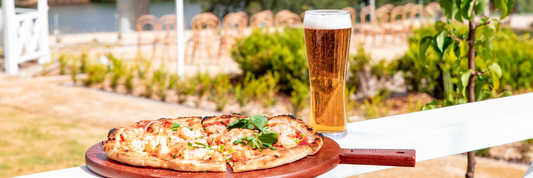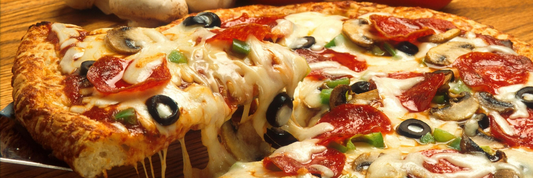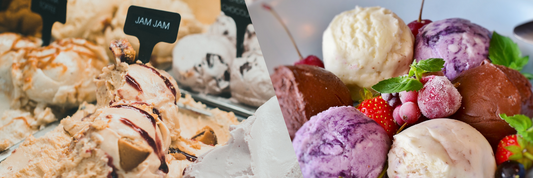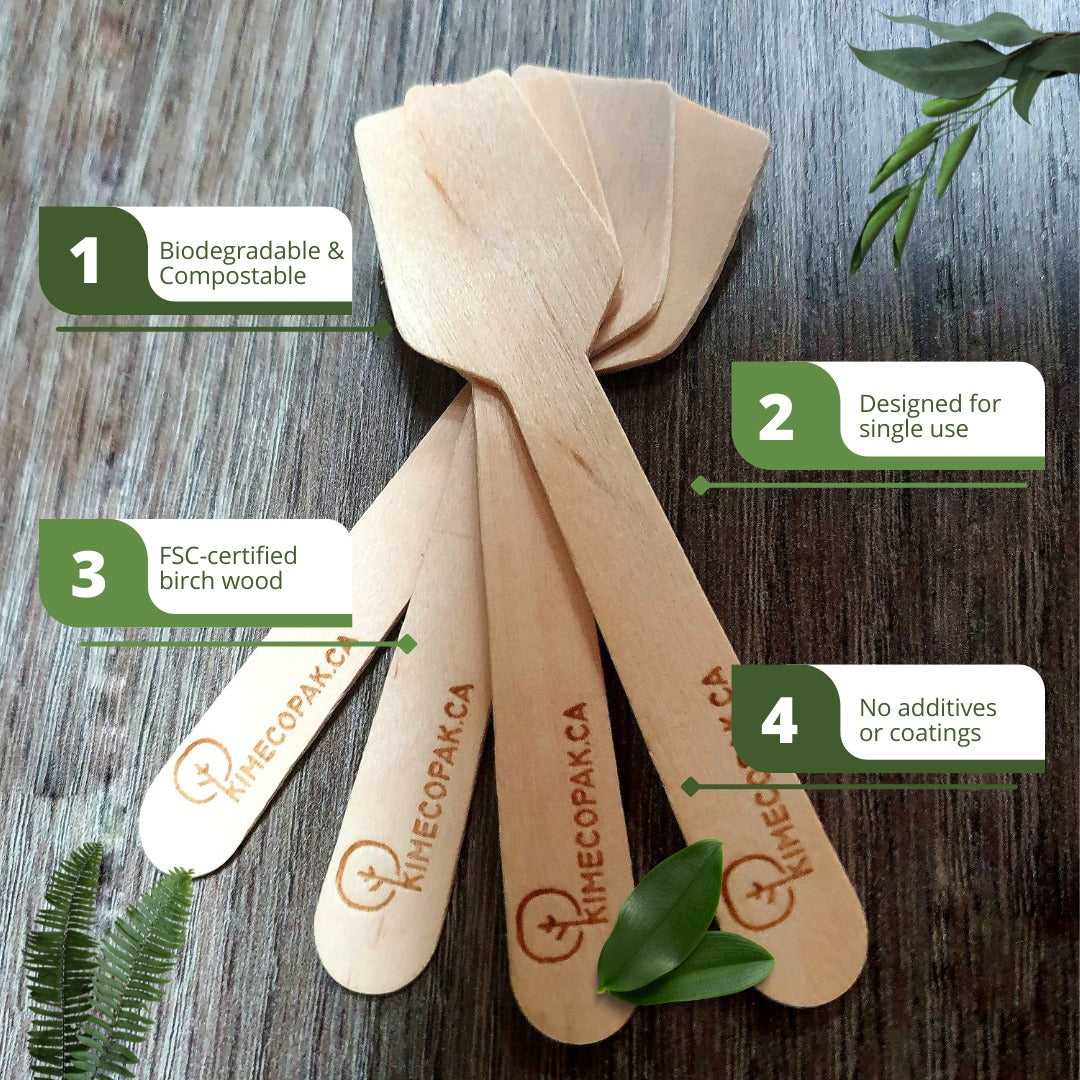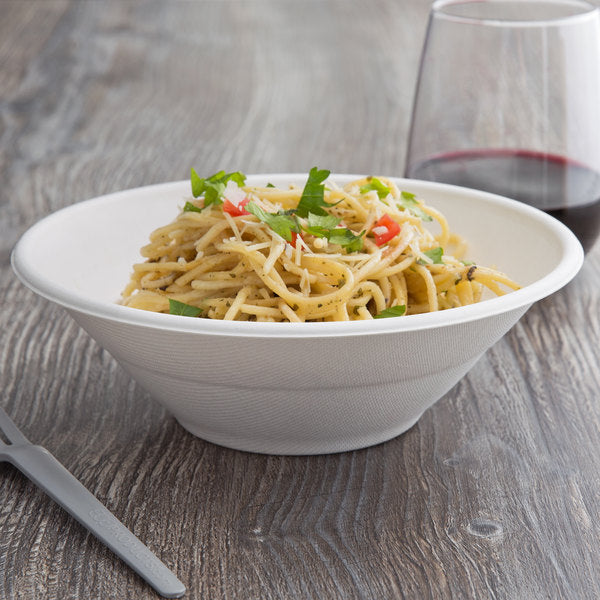Understanding the difference between cacao vs cocoa is crucial for creating delicious desserts. While these terms are often used interchangeably, they represent distinct stages in the chocolate-making process. This guide will delve into their unique characteristics and how they can be used to elevate your baking.
- Meyer Lemons: A Guide for Restaurant Pastry Chefs
- 15 Best Butter Substitutes Baking That You Should Know
- Alternative To Nut Butter: What Can You Use Instead Of Nut Butter?
Understanding Cacao
What is Cacao?
Cacao is the raw, unprocessed bean harvested from the Theobroma cacao tree. It serves as the primary ingredient in chocolate and other cocoa-based products. Originating in Central and South America, cacao trees flourish in tropical environments with ample rainfall and fertile soil. Today, the majority of cacao production is concentrated in countries such as Côte d'Ivoire, Ghana, Indonesia, and Brazil.

Characteristics
- Appearance: Cacao beans are typically dark brown or reddish-brown, with a slightly bitter and astringent taste.
- Taste: The flavor profile of cacao beans can vary depending on factors such as the region of origin, variety, and processing methods. It often includes notes of nuttiness, fruitiness, and bitterness.
- Aroma: Cacao beans emit a rich, chocolatey aroma with hints of floral, fruity, or earthy undertones.
Nutritional Value (Relevant to Pastry)
Cacao beans are rich in antioxidants, particularly flavanols, which have been linked to various health benefits. They also contain minerals like magnesium, iron, and copper, as well as fiber and healthy fats. These nutritional properties make cacao a valuable ingredient for pastry chefs seeking to create nutritious and flavorful desserts.
Uses of Cacao in Pastry
Cacao can be used in various forms in pastry, including:
- Pure forms: Cacao nibs, cacao mass (or liquor), and cacao paste are the most direct ways to incorporate cacao into desserts.
- Infusions: Cacao can be infused into liquids like milk, cream, or syrups to impart its flavor and aroma.
- Ganache: Cacao is a key component in ganache, a rich chocolate mixture made with chocolate and cream. It can be used to create fillings, frostings, and truffles

Now, in the following section, we will delve into understanding cocoa.
Understanding Cocoa
What is Cocoa?
Cocoa is a processed form of cacao beans. It undergoes a series of transformations to enhance its flavor, texture, and shelf life. The relationship between cacao and cocoa is similar to that of coffee beans and coffee grounds.
Cocoa is rich in antioxidants, particularly flavanols, which have been associated with various health benefits. It also contains minerals like magnesium, iron, and copper. However, the nutritional value of cocoa can vary depending on the processing methods and the type of cocoa used.

Processing of Cacao into Cocoa
The process of converting cacao into cocoa involves several steps:
- Roasting: Cacao beans are roasted to develop their flavor and aroma. The roasting time and temperature can significantly affect the final product.
- Grinding: Roasted beans are ground into a fine paste, known as cacao liquor or mass.
- Pressing: The cacao liquor is pressed to separate the cocoa butter from the cocoa solids.
Types of Cocoa
There are three primary types of cocoa:
- Cocoa powder: The remaining solid portion after the cocoa butter is pressed. It comes in various levels of fat content, from natural cocoa powder (high fat) to alkalized or Dutch-processed cocoa powder (lower fat).
- Cocoa liquor: The unsweetened, pure chocolate paste that results from grinding roasted cacao beans.
- Cocoa butter: The natural fat extracted from cacao beans. It's a valuable ingredient in cosmetics and confectionery.
Uses of Cocoa in Pastry
Cocoa is a versatile ingredient in pastry, with numerous applications:
- Chocolate: Cocoa powder and cocoa liquor are essential for making chocolate in various forms, such as bars, chips, and coatings.
- Ganache: Cocoa is a primary component of ganache, a rich chocolate mixture used for fillings, frostings, and truffles.
- Fillings: Cocoa can be used to create flavorful fillings for pastries like tarts, cakes, and cookies.
- Coatings: Cocoa powder can be used to coat pastries and candies, adding a rich chocolate flavor and texture.

Comparison Between Cacao vs Cocoa
While cacao and cocoa are both derived from the same cacao tree, they have distinct characteristics:
- Similarities: Both cacao and cocoa are rich in antioxidants and possess a chocolatey flavor.
- Differences:
- Processing: Cacao is the raw, unprocessed bean, while cocoa is a processed form.
- Taste: Cacao often has a more intense, bitter flavor, while cocoa can have a sweeter and more complex taste profile.
- Texture: Cacao is typically more fibrous and grittier, while cocoa is smoother and creamier.
Let's delve deeper into these factors to gain a clearer understanding of the differences between cacao and cocoa.
Taste and Aroma Profiles
- Cacao: Cacao beans have a natural, intense chocolate flavor with notes of nuttiness, fruitiness, and bitterness. The aroma is often described as earthy or floral.
- Cocoa: Cocoa products, such as cocoa powder and cocoa liquor, can have a wider range of flavors depending on the roasting process and the addition of other ingredients. They may exhibit notes of sweetness, bitterness, acidity, or spice.
Nutritional Content
- Fat: Both cacao and cocoa are high in fat, primarily cocoa butter. However, the fat content can vary depending on the type of cocoa product.
- Sugar: Cacao beans themselves contain little to no sugar. However, cocoa products often have added sugar to improve their taste and texture.
- Flavor Compounds: Both cacao and cocoa contain a variety of flavor compounds, including polyphenols, alkaloids, and organic acids, which contribute to their unique taste and aroma.
Texture and Handling Characteristics
- Cacao: Cacao beans are fibrous and gritty, making them difficult to incorporate directly into pastries. They are often used in the form of nibs or paste.
- Cocoa: Cocoa products are generally smoother and easier to handle. Cocoa powder can be used in various applications, while cocoa liquor and cocoa butter have a more viscous texture.
Uses and Applications in Pastry
- Cacao: Cacao nibs can be used to add texture and a concentrated chocolate flavor to pastries like cookies, brownies, and ice cream. Cacao paste can be used to create ganaches and fillings.
- Cocoa:
- Cocoa powder: Widely used in cakes, cookies, brownies, and other baked goods.
- Cocoa liquor: Used to make ganache, truffles, and other chocolate confections.
- Cocoa butter: Used as a coating, filling, or tempering agent for chocolate.

By understanding these differences, pastry chefs can choose the appropriate product to achieve their desired flavor, texture, and nutritional profile in their creations.
Conclusion
Cacao and cocoa, while related, offer distinct characteristics. Cacao is raw, bitter, and fibrous, while cocoa is processed, versatile, and smoother. Understanding these differences allows pastry chefs to create unique and flavorful chocolate desserts.

